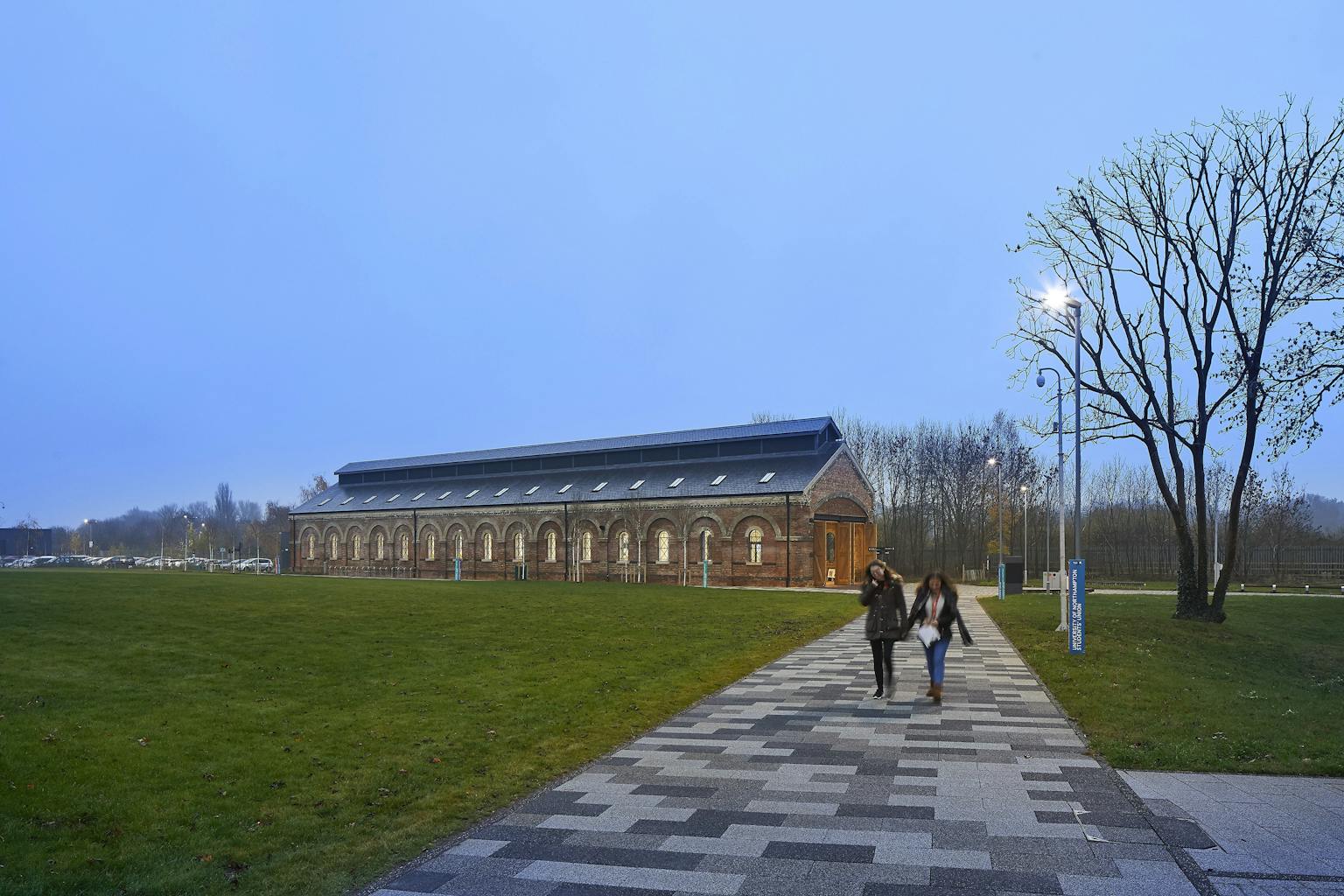Conservation: Improving social and environmental sustainability in buildings

Alasdair Travers, Purcell Partner and Head of Design, discusses the importance of conserving historic buildings to improve their social and environmental sustainability.
I started my career working on new build projects — fantastic designs — in keeping with conservation heritage sites such as King’s Cross. What appealed to me is how heritage projects can anchor a major new piece of design, provide quality and connection with our culture, and how you can create a future through making change that allows better access.
By allowing people to experience and enjoy our historic buildings and spaces, it allows us to understand our shared stories and the threads that make up sustainability — the social, political and environmental — are woven throughout.

80% of the buildings that are around us today, will still be around us in 2050. It is the existing building stock which has got to do the heavy lifting because if we change and improve how our historic buildings (from highly listed to buildings which were built in recent years) perform, this will make as much difference as increasing the energy efficiency of our new build projects.
As architects, we have a responsibility to make the most of the existing building stock’s resources and materials that are available; it is our obligation to make sure that the embodied carbon of our existing building stock is factored into options about refurbishment against demolition and rebuild. The AJ’s current RetroFirst campaign of legislative changes to the rules around refurbishment would make a massive difference.
Through regeneration our work at Purcell takes on a wider sustainability agenda; we enable historic structures and spaces to change and take on new uses. Within all our opportunities where we are refurbishing existing buildings, the performance is often significantly improved from simple things like improving air tightness in lobbies by adding secondary glazing through to insulating the rooms.
With buildings that have more decorative outsides it’s harder, but we work closely with Historic England and their conservation officers to make sure that options which improve the energy efficiency of our listed buildings aren’t dismissed on heritage grounds.
Flexibility is important — what is clear is that the buildings that have worked well for the past (that are still well used today) are often the buildings which have been able to adapt. Many of our projects involve the repurposing of, in some cases, derelict buildings. One such project is Engine Shed at the University of Northampton, a grade II listed, Victorian engine shed that was in such a poor condition that its condition survey had to keep getting updated.
In collaboration with Moses Cameron Williams, we transformed the building to create a functional space for students and the Engine Shed retains as much of its historic structure as possible. From a resources point of view, not only is it beneficial to use material that is already there, but also, with that comes connections to its past use which make it an important social space within a new build university. Energy-wise, it can perform just as well as a newly built building and its embodied carbon is very good.
We’re currently developing a masterplan with Tamworth town centre as part of the Future High Street fund. From 1960 through to the 1980s substantial parts of the historic town centre were cleared and the old shops and houses demolished to make way for new brutalist shopping centres. With that, the community lost its connection with Tamworth’s past. Through selective redevelopment of key sites our masterplan aims to improve the vision and physical connectivity between the key historic buildings in the town centre so that as people walk around, they develop a better connection with where they are.
It's promising to see that social and environmental sustainability is on the agenda for so many more of our clients — that is something that in the last five years has changed. Many of today’s students are making their choices based on a university’s environmental and ethical credentials and universities are needing to respond positively to this.
By enabling historic structures to change and take on new uses and repurposing them to become more energy-efficient is vital for them to continue to have a sustainable role in our urban landscape, and it is very encouraging to see that many organisations such as the Oxbridge colleges are becoming increasingly forward-thinking about the environmental and ethical performance of their assets, including their building stock.





